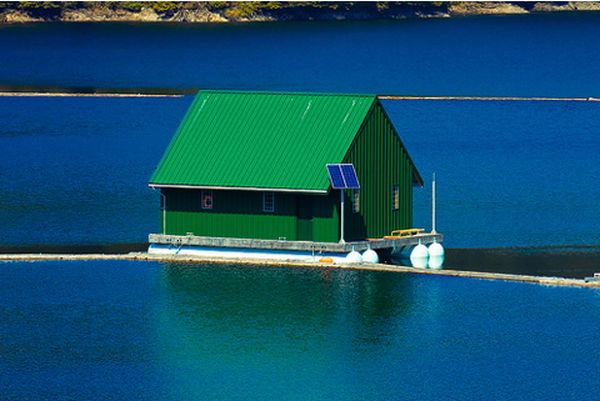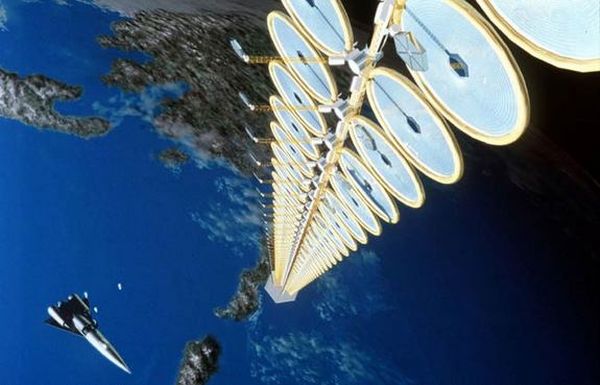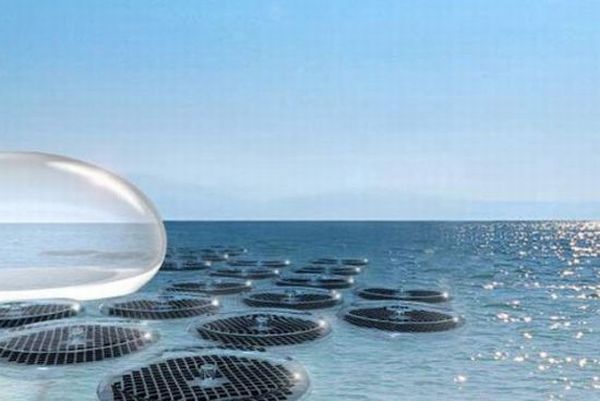
The state of conventional technological advancements has achieved saturation and a gush of âgreenâ mechanism has started all over the world to save the future. Hence, in relation to this, researchers are working hard day and night, creating Eco-friendly technologies and concepts to keep human life comfortable and luxurious without posing any threat to the environment. One similar effort made by the researchers is to create hydrogen fuel by electrolysis using solar energy as the source of electricity. Presently, hydrogen is created by separating it from natural gas, a process that generates carbon dioxide and obstruct shifting to hydrogen fuel-cell vehicles. This problem could be solved by using a bit costlier alternate process known as electrolysis, which could be made economical by using the electricity generated by sun.
Given below are 5 ways to produce hydrogen fuel using solar energy:
1. Stanford’s solar powered water splitter

Electrolysis is a process in which two electrodes submerged in water receive voltage and split water molecules to form oxygen and hydrogen. This hydrogen could be used to fuel the vehicles or combined with oxygen molecules to produce electricity. But the major drawback of this process was corrosion of electrodes which had made the process completely inapplicable. Researchers at McIntyre and Chidsey have overcome this drawback. The scientists have developed a technique using titanium dioxide to form a protective layer around the electrodes providing durability to the silicon electrodes and preventing its corrosion during the water splitting process. Another achievement was adding iridium to catalyze the entire process. Hydrogen splitter, created by Yi Wei Chen and Jonathan Prange, uses solar energy during the day time to decompose water molecules into hydrogen fuel and oxygen and oxygen and hydrogen combines together to create electricity during night.
2. SolarLabâs Hydrogen Powerplant

SolarLab Research and Design has successfully created a Hydrogen Power plant concept to produce hydrogen fuel in a very safe and efficient manner. It requires sea water, a fuel cell and solar tiles to generate hydrogen fuel which is than stored in hydrogen tanks affixed on the sea floor. Sea water provides all the favorable conditions needed for hydrogen generation. Water cooling effect controls the heat generated and increases efficiency up to 30 percent. Risks of explosion and damage are also reduced because of under water storage.
3. ZEEP24
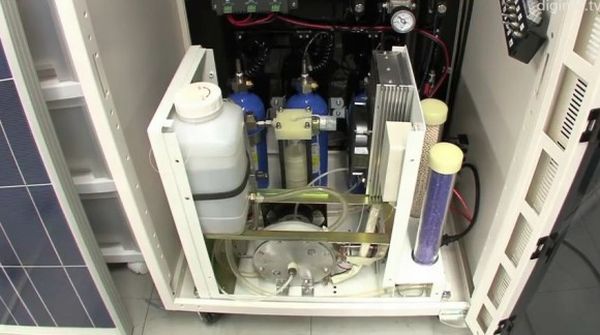
Japanese company FC-R&D has designed a new energy system known as ZEEP24. This new system uses solar power, water and hydrogen to create an independent energy generating unit. Solar panels produce energy during the day and left over energy is then used to produce hydrogen through electrolysis of water. This system is capable of storing 1,500 liters of hydrogen which is capable of generating 5kWh of electricity and 1.5Kwh of energy generates 100 watts of power for 10 hours. Space requirements of this system are also very less and it could be easily fitted into a vehicle depending upon its workability and power requirements.
4. Solar power splits water into hydrogen
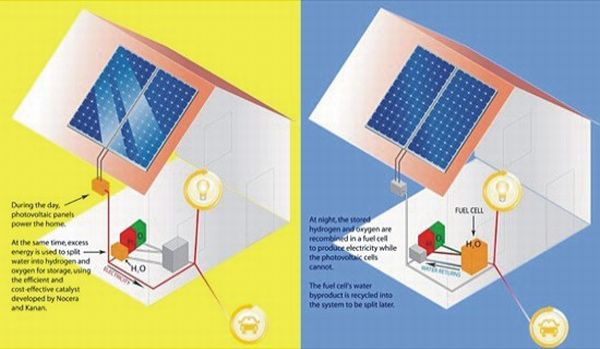
Daniel Nocera, a MIT chemistry professor, along with his team of researchers has successfully discovered a catalyst which when used in photovoltaic solar panels, creates an inexpensive hydrogen generating system, working efficiently at room temperature and under ordinary pressure. Its functionality has been achieved keeping in mind a simple photosynthesis process of trapping sunâs energy to split hydrogen and oxygen. Though there are various processes of generating hydrogen but this process is cheaper and simpler as compared to the processes using iridium alloys or nano particles.
5. Researchers create hydrogen from ethanol using solar energy
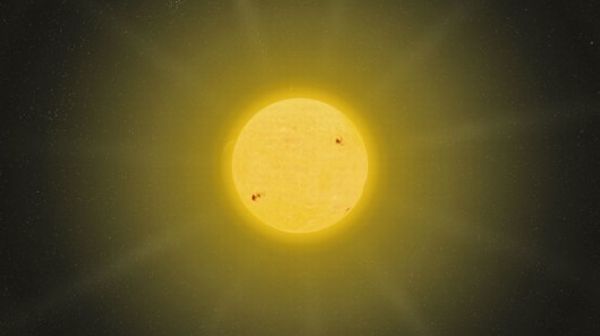
Renewable ethanol using solar energy can be used to produce hydrogen resourcefully. This has been proved by a team of researchers from New Zealand University of Auckland, Spain Universitat Politecnica de Catalunya and University of Aberdeen. Powered photocatalyst is placed with ethanol in some container and exposed to ultraviolet light. A chemical reaction takes place which generates electrons which then react with alcohol in ethanol to produce hydrogen. It is an economical way of generating hydrogen and requires very less energy. Its efficiency could be judged from the fact that one kilogram of catalyst can produce 5 liters of hydrogen.



